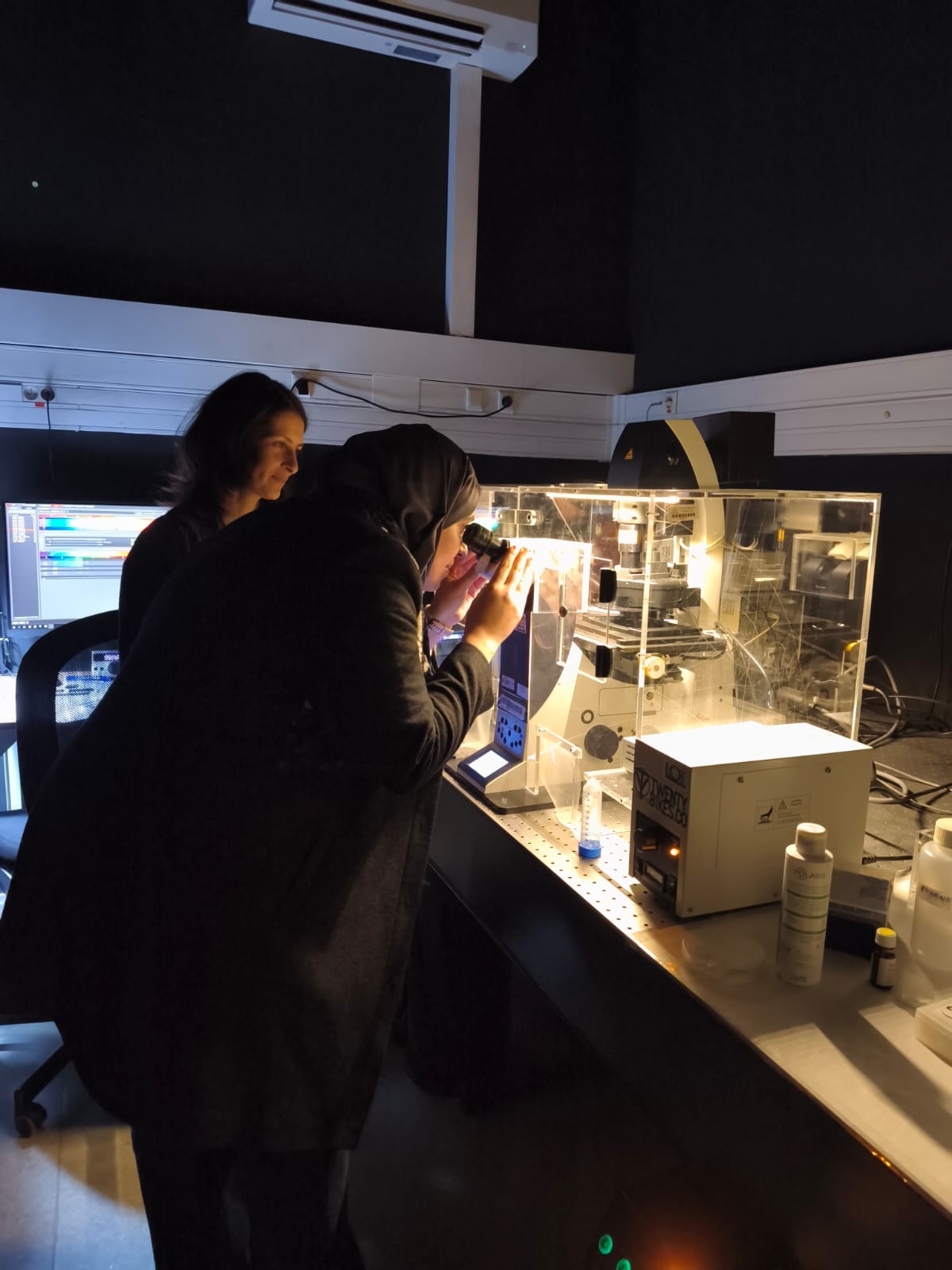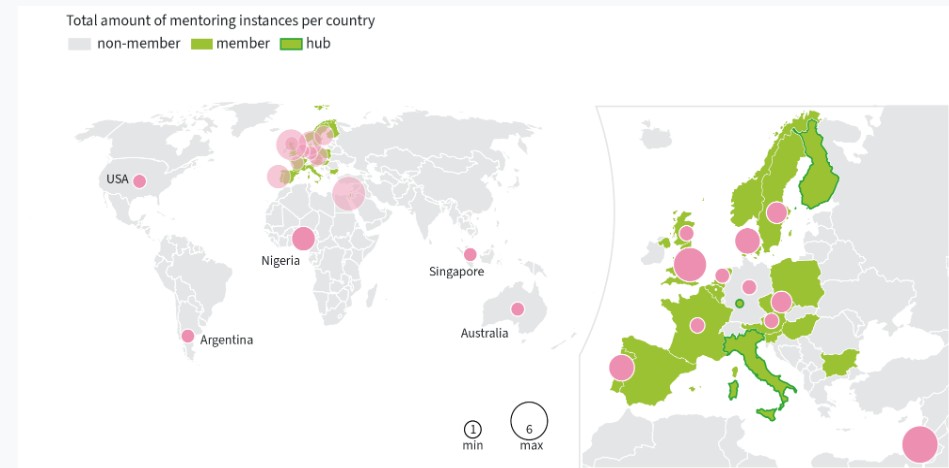
Characterising immune cell populations in the regenerating zebrafish heart
Euro-BioImaging is organizing an online User Forum on Tuesday, March 21, 2023, from 14:00-17:00 CET. The topic is “Cardiovascular research.” This event will highlight the importance of cutting-edge imaging technologies in support of cardiovascular health, disease, diagnostics and the development of therapies. We will showcase the specific expertise available at our Nodes across Europe through case studies presented in tandem with the research community.
At this event, Dr Rebecca Richardson, Faculty of Life Sciences, University of Bristol will outline the different imaging techniques her group uses to define, track and map different immune cell populations in the adult regenerating heart (full abstract below).
Hear this talk and others like it on March 21 at the Euro-BioImaging User Forum: Cardiovascular Research.
Abstract:
Zebrafish are recognised as an excellent model in which to study development, gene function and tissue regeneration. They have a remarkable ability to naturally regenerate damaged tissues such as the heart and, due to other advantages such as fecundity and ease of genome manipulation (e.g. via CRISPR/Cas technology), they have also become a valued model for studying gene function and for drug screening and discovery. Cardiovascular disease in humans, including acute damage caused by a myocardial infarction, remains the leading cause of death worldwide. Studies in zebrafish are providing crucial new understanding of the mechanisms driving post-injury repair and regeneration.
Adult zebrafish exhibit similar initial cardiac repair mechanisms to those observed in mammals, including inflammation and scar deposition, but over time they completely regenerate the damaged tissue, replacing cardiomyocytes and resolving deposited scar tissue. We are interested in the inflammatory populations that mediate these repair and regeneration mechanisms. Macrophages are known to be crucial for promoting cardiomyocyte proliferation and scar resolution, but we do not fully understand the roles of individual subtypes. In her talk, Rebecca Richardson will outline the different imaging techniques her group uses to define, track and map different immune cell populations in the adult regenerating heart.

More news from Euro-BioImaging


November 21, 2025
The EVOLVE User Exchange-Of-Experience workshop on Remote Access: Defining best practices for Remote Access in scientific imaging
On Tuesday, September 23, at 15:00 CEST, Euro-BioImaging ERIC organised a User Exchange-Of-Experience workshop on Remote Access under the framework of the EVOLVE project…
